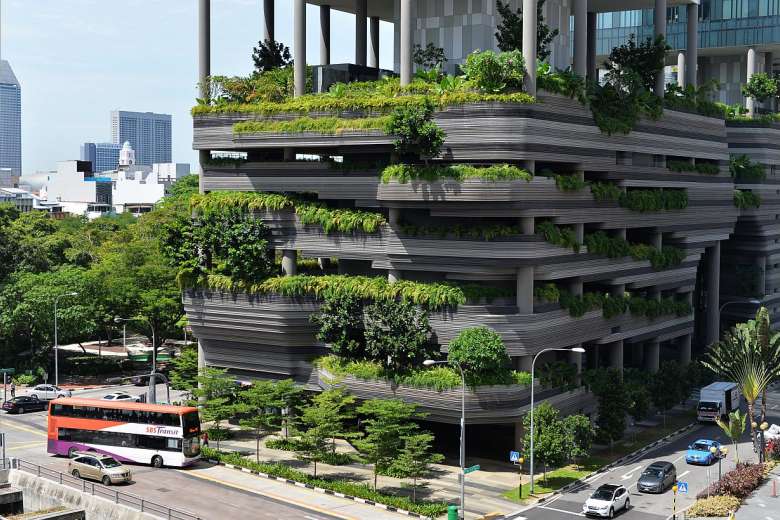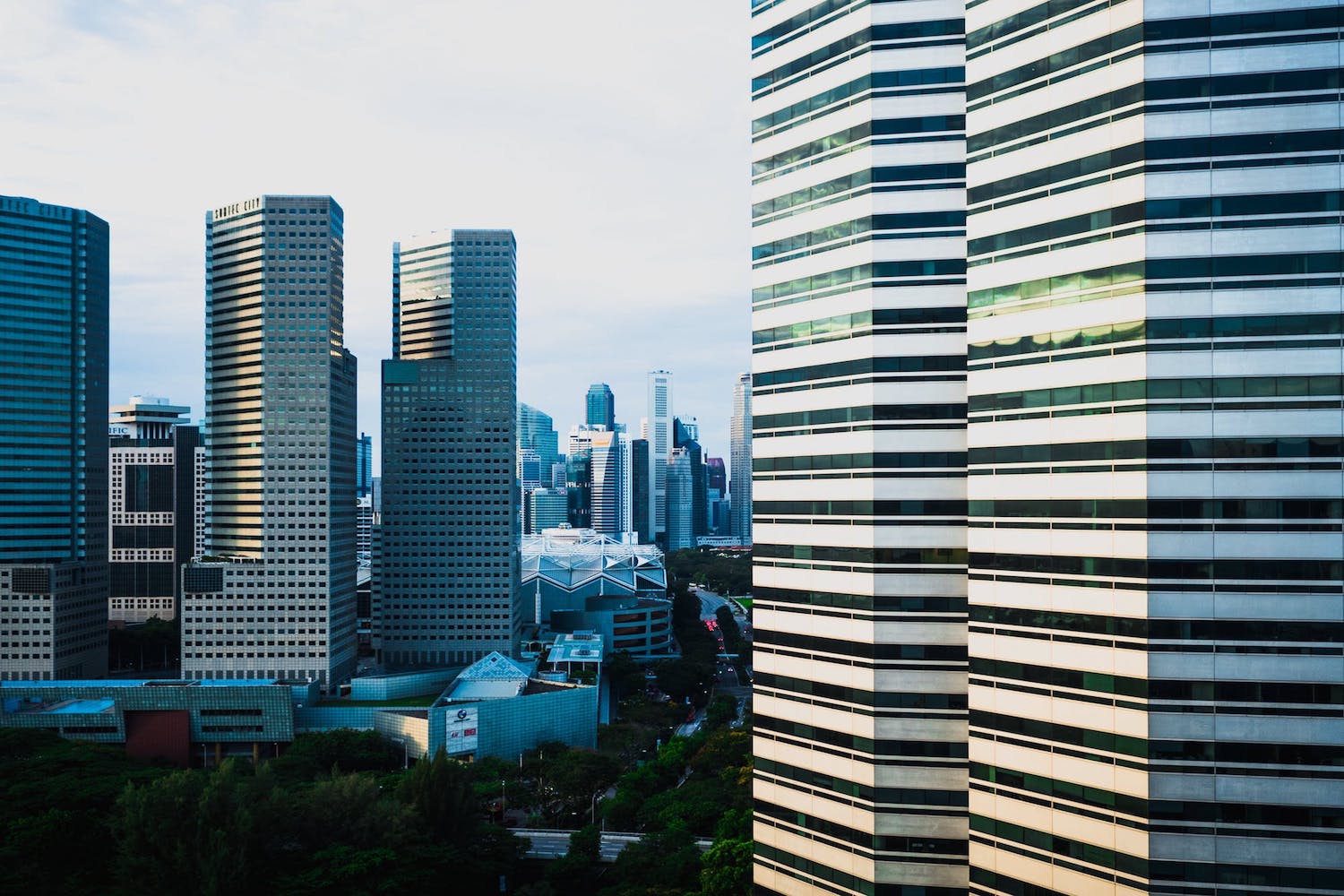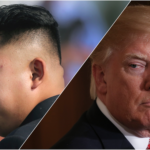The year is 2040. The highways are lined with trees, stretching their green canopy over your morning commute. Traffic is light, a gift of good city planning. You pull up to your skyscraper office building, with its shelves of palm trees and vines circling up all 60 floors. Across the street, a light rail system carries passengers to work on clean energy, eliminating the droves of motorcycles and black exhaust that once choked the city. You take a breath of clean air and leave the humming street behind for another peaceful day of work.
This is the sparkling vision we see for our future cities — eco-friendly, sustainable, and without the daily traffic jams. And it’s not just wealthy countries looking to build cities like this. Southeast Asian nations, burdened by pollution and rising populations, are eager to join the wave of new urban developments sweeping the world. And they aren’t letting a lack of wealth get in their way.
“30 years ago, we didn’t know what was going on in other cities. Now we know immediately what’s going on,” professor of sustainable development at Yonsei University Jung Tae-yong told NOVAsia.
“Now every city wants a smart city. They want a sustainable city. They want a green city. They want climate resilience. Whatever good word you can name, every city wants it.”
Leaders are looking at places like Singapore and South Korea’s Songdo and seeing advancements they want to apply at home. The problem with this kind of ‘city envy’ is it doesn’t discriminate on the basis of wealth or population. Anyone who’s visited megacities like Jakarta and Manila know these places need green technology and sustainable planning more than anywhere, and yet they face huge obstacles not only in affording them, but also in implementing the changes to sprawling, aging cities.

Tree lined building’s are becoming a common site in Singapore.
Birthing the Cities of Tomorrow
So how do less wealthy nations create the shining, tree lined cities of tomorrow?
For many Southeast Asian nations, the answer may lie in starting from scratch somewhere new. Professor Jung points to a trend emerging across Asia in which governments are looking to cheap land outside of overpopulated urban centers as potential locations for tomorrow’s cities.
A prime example is in the Philippines, where Clark Air Base, a former installation of the US Air Force, is now being turned into a city Philippine leaders hope will one day rival Manila. The area is mostly empty land now, but it’s in the early stages of becoming a city whose design features all the sustainable planning, climate resilience, and smart technology that nations today dream about.
How is the Philippines affording it? To cut a long story short, it’s not. Instead of taking giant loans from lenders like the World Bank or Asian Development Bank, the Philippines is opening its doors to foreign developers, offering construction and rental projects that promise big returns when those cities start filling up. This approach isn’t new. In the case of South Korea, the modern example of sustainable urban development known as Songdo was paid for jointly by Korean steel manufacturer Posco and the American developer Gale International. In the case of the Philippines, much of the development of New Clark will be handled by China.

South Korea’s Songdo has become an emblem of sustainable city development in Asia, although some argue it lacks character and has failed to draw enough residents.
In the past, birthing new cities has been a process of looking back, finding out what we’ve done well before, and improving on the design.
“That’s the typical human development pathway” said Jung. But the cities of tomorrow will face challenges we simply haven’t encountered before, in everything from population growth to climate change. Looking for development lessons from the past has become an all but pointless, if not dangerous approach to designing modern cities. “Nowadays in designing a new city… rather than looking back, they’re looking forward.”
Starting from scratch on new land sounds extreme, but one has to consider what urban planners are up against in reformatting Southeast Asian megacities. These cities are older than most people realize, with Manila nearly 800 years old and Jakarta well over 1,000.
“Those are very old, traditional cities,” Jung said. “[They have] a lot more complex problems than you can imagine.”
A city’s culture becomes ingrained over time, and so do its problems. And crumbling infrastructure is a problem no developer would choose to deal with when fresh land is waiting for them like a blank canvas.
In the case of Europe, aging cities like Rome may be content with innovating and improving on what they have. We’re not likely to see Italian leaders abandon the capital, especially when they can afford the job of changing from the inside. But Southeast Asia has to be realistic about their resources. With cheap land just outside town and foreign investors willing to help, starting from scratch becomes the practical option.
Where do all the Megacities Go?
So what happens to existing megacities? New developments will help draw away a segment of the population, but it won’t cure everything. And these shiny new cities will be most attractive to those affluent enough to afford them, leaving the city’s poorest to deal with crowds, pollution, and traffic.
According to professor Andrea Frank, Senior Lecturer in the School of Geography and Planning at Cardiff University, these cities need to do more than just move a few people outside of town if they want to see real progress.
“Longer term, if they don’t, the life expectancy will go backwards,” Frank said.
High air pollution levels, which countries like Indonesia aren’t even measuring properly, lead to a host of health concerns like lung and heart disease. Tainted water sources are leading to nutritional deficiencies that stunt growth. Habits of the citizens are also partly to blame. And garbage still presents a huge problem for many of these cities.

Traffic in Jakarta, Indonesia — one of Southeast Asia’s most populated cities.
“In Jakarta and throughout Indonesia, they burn it,” said Frank, remarking on the lack of waste management in the Indonesian capital.
The road to progress, according to professor Frank, will require a holistic approach. Educating people from an early age on health and environment, along with “government regulation, and enforcing it,” will all be needed to help these megacities modernize. The important question is whether these bustling megacities can actually join the likes of Singapore, with its tree lined skyscrapers and squeaky clean streets.
“[Singapore] is a shiny example,” said Frank. “But it’s a really top down regulated city-state. And it’s small, and very wealthy.” She recognizes that countries with a strong government, like China and Singapore, have an easier time managing national or city level projects. “People suffer, but they get it done. They’re determined, and because of the strong state, they do it. Other places don’t have that, and it’s very complicated.”
In nations without that strong government, progress is slower. One silver lining Frank sees is in global events like the Olympics or Asian Games, the latter of which Jakarta will host this August. As a result, the Indonesian capital is finally wrapping up its light rail project that’s been in the works for years, hoping to show part of it off in time for the games.
Does this mean the solution for Southeast Asian cities lies in stronger central governments? Maybe the key is more foreign investment. Or perhaps what they really need is to hold a few more global events, giving stalled development projects a kickstart. Whichever it is, if Southeast Asia’s megacities want to turn polluted slums into the green growth cities of tomorrow, they will need an entirely new approach.
- Korea has boycotted Japanese beer. How will I round out a 4-pack of tall cans? - August 18, 2019
- A$AP Rocky is doomed to Swedish meatballs. Thankfully he’s well connected - July 22, 2019
- Trump and Kim are Helping Me Sleep at Night - July 10, 2019






